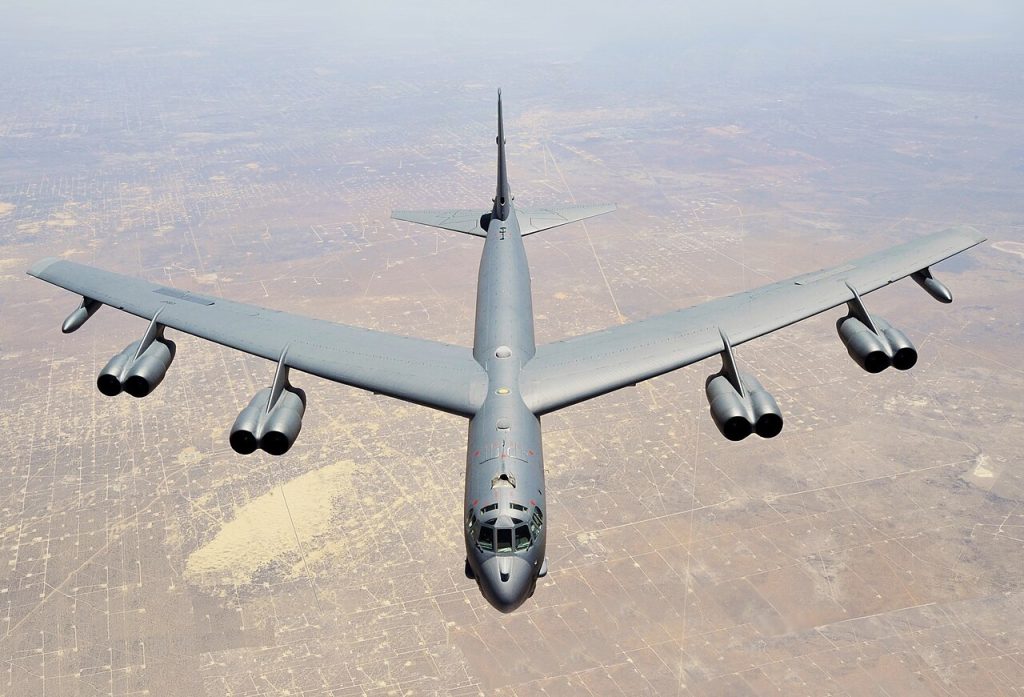
“Father Time is undefeated,” mused one defence analyst, speaking of the US Air Force’s 70 year-old B-52 Stratofortress. But its age has not dulled its importance, and it remains one of the cornerstones of America’s long-range strike capability. Long-overdue, over-budget modernisation by the service will see a B-52J fly into the 2050s.
Meanwhile, the new B-21 Raider stealth bomber is moving toward operational service, with senior leaders pressing for far more than the 100 aircraft currently planned. The interplay between sustaining the legacy bomber fleet and accelerating the production of next-generation bombers is shaping the future of U.S. strategic deterrence.
From radar and engine upgrades to debates about fleet composition, this listicle takes a deeper dive into nine major developments in a detailed look at how these programs will reshape America’s bomber force.
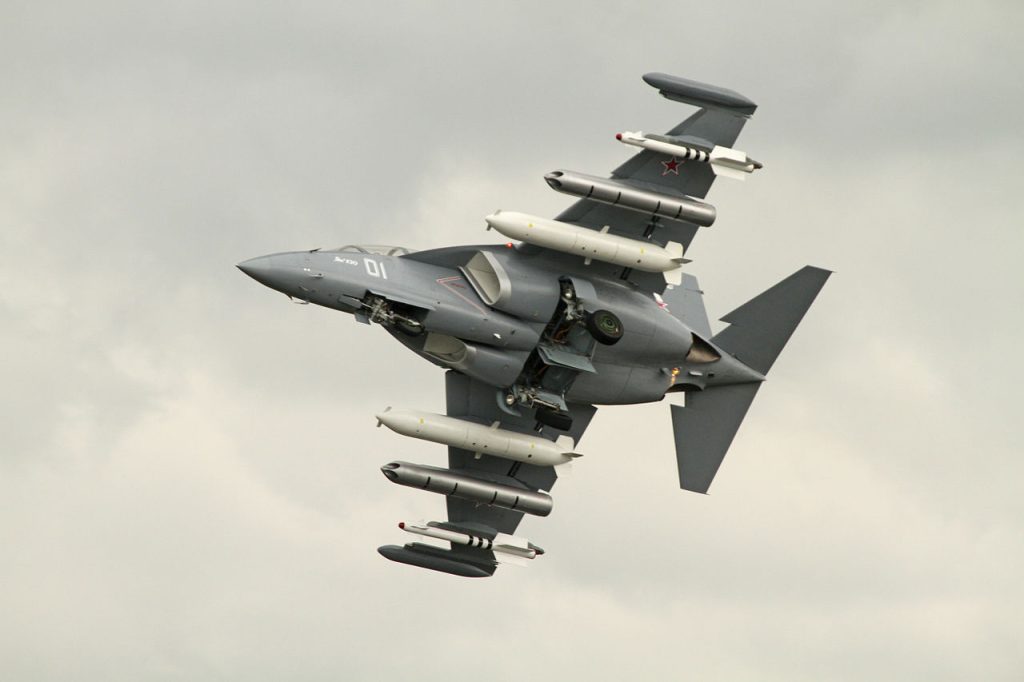
1. Rolls-Royce F130 Engines Near Production Milestones
The Commercial Engine Replacement Program plans to replace the out-of-production TF33 turbofans of the B-52 with Rolls-Royce F130 engines. Following a successful critical design review in October, the program will move on to durability and altitude testing. Greater fuel efficiency, reduced maintenance, and extended service life are promised for the F130, which recasts the bomber as the B-52J. But operational capability slipped to 2033, three years later than planned. As prime integrator, Boeing must align engine installation with other upgrades as the Air Force works to contain costs and recover lost time.
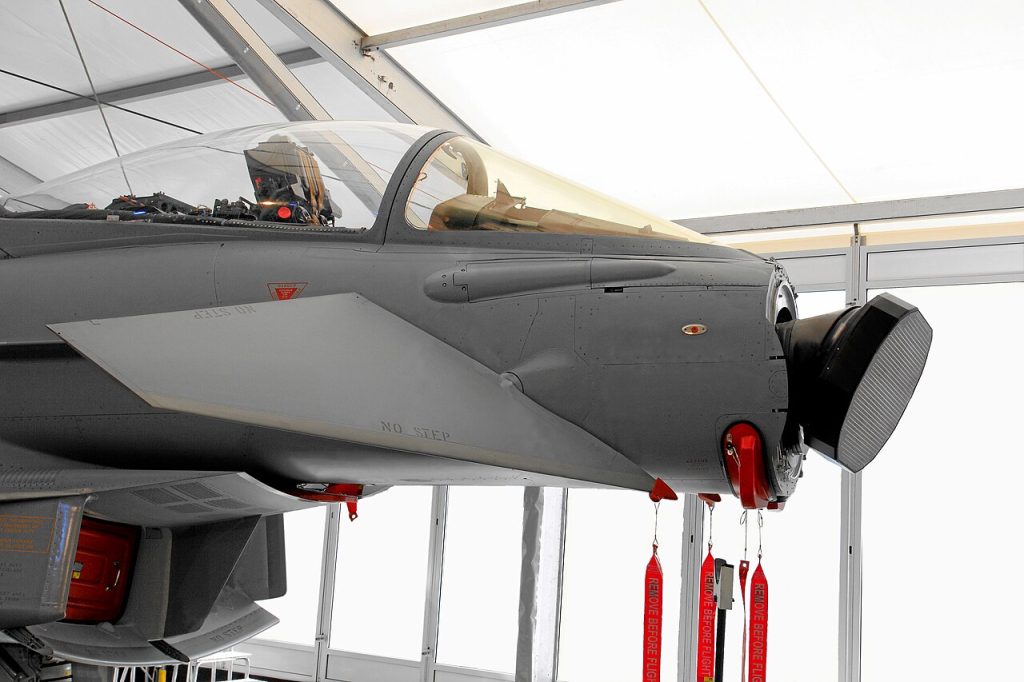
2. Radar Modernization Program Faces Nunn-McCurdy Breach
Raytheon’s AN/APQ-188 AESA radar will replace the B-52’s Cold War-era AN/APQ-166, with improved range, resolution, and resistance to jamming. However, environmental qualification, software issues, and integration challenges have pushed flight testing to Fiscal Year 2026. Cost growth in the program generated a serious Nunn-McCurdy breach that triggered a review with the goal of trimming features not crucial to the fundamental mission. Lt. Gen. Andrew Gebara emphasized retaining only mission-critical capabilities to control costs, leaving room for future growth. Initial operational capability is now expected between 2028 and 2030.
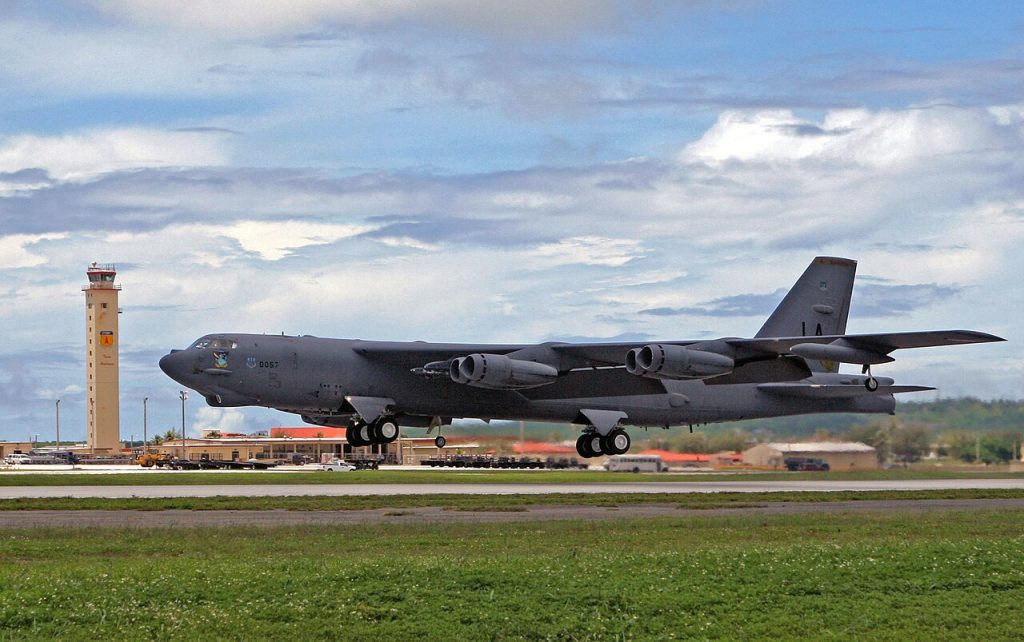
3. Balancing Legacy Upgrades with B-21 Expansion
“The B-52J program is essential,” said Vice Adm. Richard Correll, nominee for U.S. Strategic Command, but also endorsed increasing B-21 production beyond 100 units. The debate is really about how much investment to put toward sustaining a 70-year-old platform versus putting resources into accelerating Raider production. Air Force leaders have warned that any delays or overruns in the B-52 upgrades may justify diverting funds to the B-21, offering much better stealth penetration of advanced anti-access/area denial networks.

4. B-21 Raider: On Time and On Budget
B-21 is considered one of the Air Force’s strongest-performing acquisitions, and deliveries for operational use start next year. Designed with an open mission system architecture to rapidly incorporate new capabilities, it also could operate in pilot-optional mode. Both Correll and his predecessor Gen. Anthony Cotton believe 140–150 Raiders are needed given the changing threat environment and the bomber’s conventional and nuclear missions.
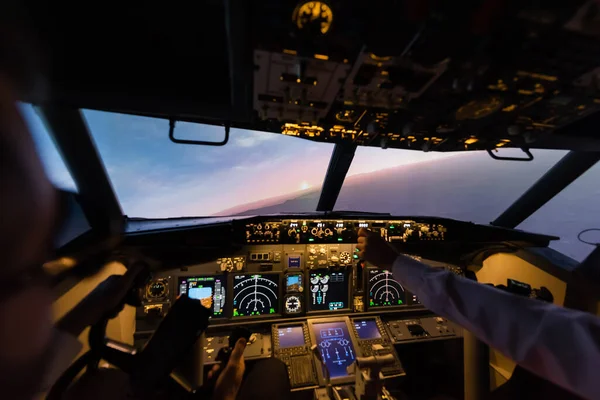
5. Crew Composition and Automation in the B-21
Air Force Global Strike Command has recommended a B-21 crew of one pilot and one weapon systems officer, as opposed to two pilots. This reflects the aircraft’s high degree of automation and potential AI-driven “virtual co-pilot” capabilities. It helps in reducing workload, increases survivability, and will eventually enable un-crewed operation, though ultra-endurance missions raise safety concerns.
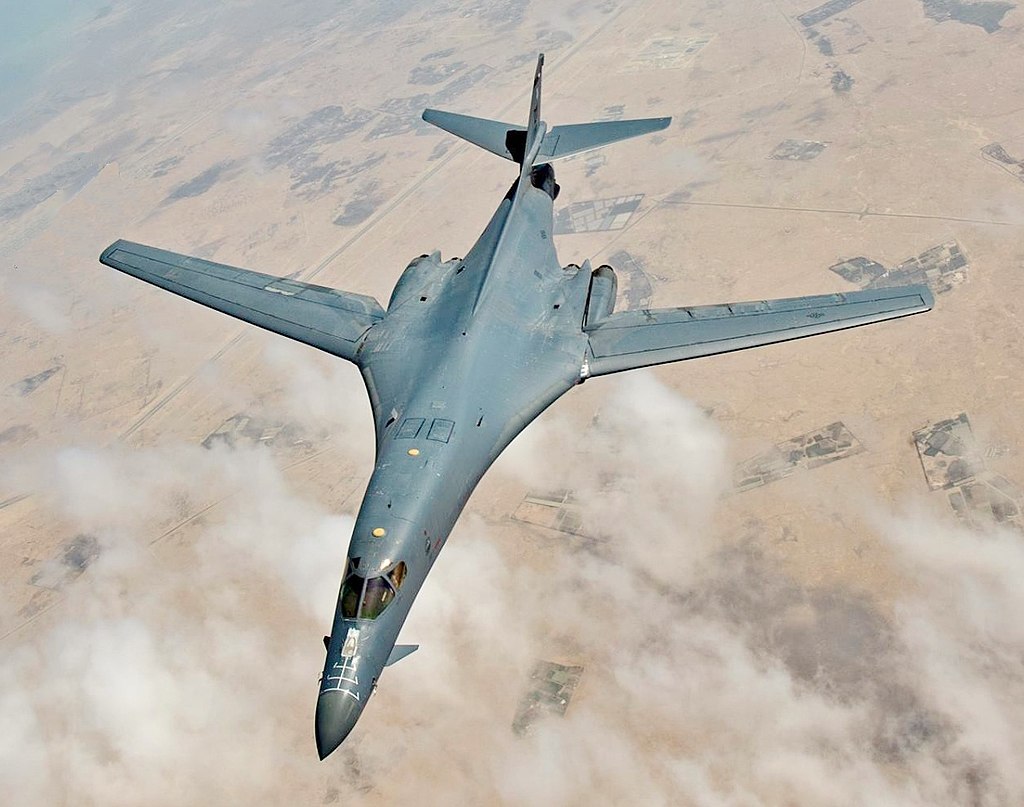
6. Fleet Mix Under Strategic Review
The current plans are for 100 B-21s and 75 B-52Js, replacing the B-1s and B-2s. Some leaders argue that the service needs at least 145 Raiders to meet operational demands. Analysts say part of the fleet is tied up in nuclear mission requirements, thus not available for conventional operations. The vast Indo-Pacific expanses, where bases are vulnerable, make long-range bombers critical; that is a reason to reinforce demands for a larger and more modern fleet.
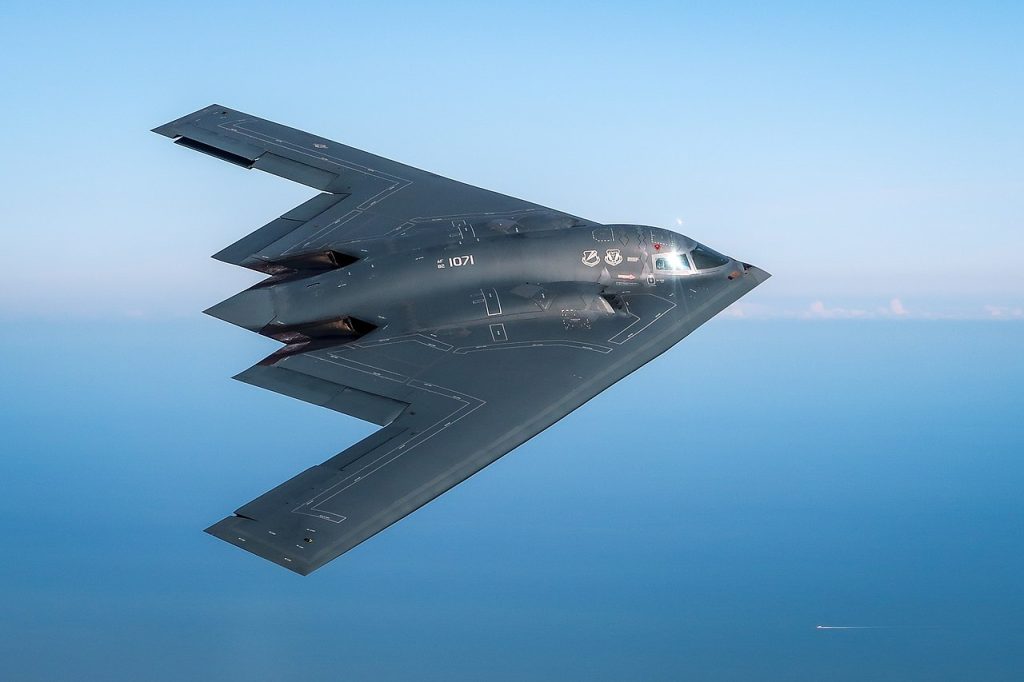
7. Bomber Shortages Highlighted in Operational
Demand For its part, in 2024, Air Force Global Strike Command conducted 33 bomber task force missions and activated its Immediate Response Force seven times, five for combat. Operations like Midnight Hammer – seven B-2s against Iranian nuclear sites – underlined both the utility and the scarcity of available bombers. The legacy aircraft remain valuable for standoff cruise missile launches, but survivability concerns in contested environments hint at the requirement for more stealth platforms.
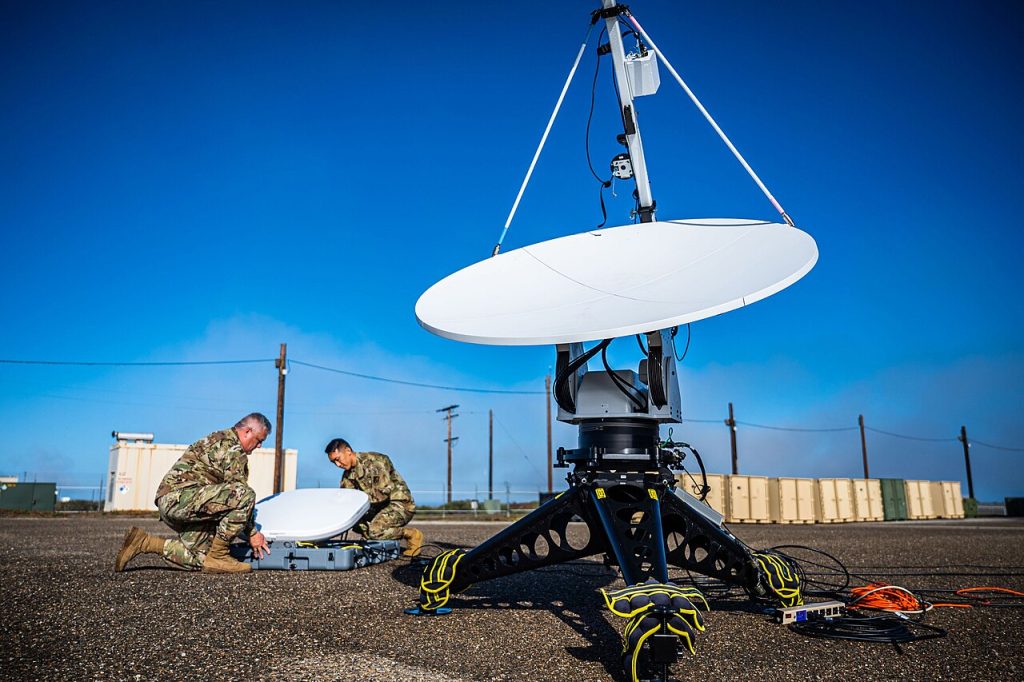
8. Electronic Warfare and EMS Integration
Correll warned that the United States’ electronic warfare capabilities are “not where we need to be.” Lessons from the Russia-Ukraine conflict are informing efforts to integrate electromagnetic spectrum operations into all-domain battle plans. The recent release of Electromagnetic Battle Management-Joint software represents a milestone, but training deficiencies and atrophying test ranges hinder readiness. Protection of military spectrum use remains paramount, especially for S- and X-bands.
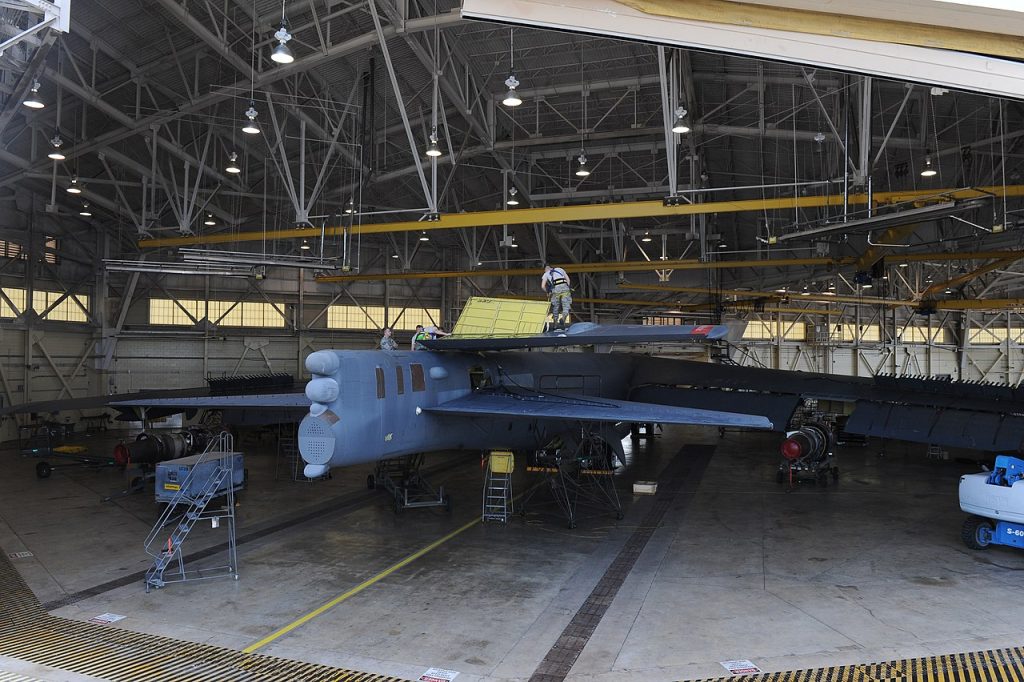
9. Hypersonic Weapons Enter the Bomber Equation
The Air Force aims to field the Hypersonic Attack Cruise Missile as quickly as possible by 2027 and has compressed its test schedule because of global competition. HACM will be integrated onto both B-21s and B-52s, adding an operationally relevant hypersonic strike capability.
HACM’s delays and cost growth reflect broader challenges in acquisition, but its deployment could significantly expand the reach and lethality of the future bomber force. Modernization of the B-52 and ramp-up of the B-21 Raider are not standalone projects but interconnected pieces of America’s strategic deterrence posture. Where the B-52J promises to extend the relevance of a proven platform, the B-21 embodies the technological leap needed to counter emerging threats. The decisions to be made over the next several years in terms of fleet size, the scope of upgrades, and the pace of production will define the U.S. bomber force for decades to come.


